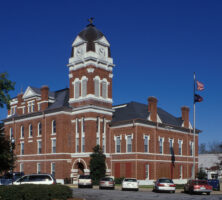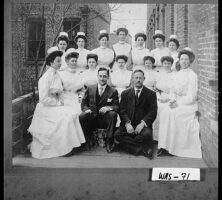Washington County in east central Georgia was established on February 25, 1784. Georgia’s tenth county, named for U.S. president George Washington, was settled by Revolutionary War (1775-83) veterans who were awarded grants to Creek and Cherokee lands.
Beginning in 1786, seven counties plus portions of nine more were eventually cut from the original Washington County. The county now encompasses 680 square miles, and its population, according to the 2020 U.S. census, was 19,988.
Early History
Warthen was the first settlement in the county, founded as the site of the superior courts and the jail. Made of hand-hewn logs, the jail has been restored and is considered the oldest log jail in Georgia. The entire village of Warthen, including the jail, is listed on the National Register of Historic Places.
In 1796 the Georgia legislature named Sandersville (originally Saunders Crossroads), which was situated at the crossing of two Indian trails, the county seat. Many early post-office communities within the county grew and faded with time, while railroads determined the survival of several villages. Townships in the county today include Davisboro, Deepstep, Harrison, Oconee, Riddleville, Sandersville, Tennille, and Warthen. As a frontier county, self-contained farms and plantations were also common.
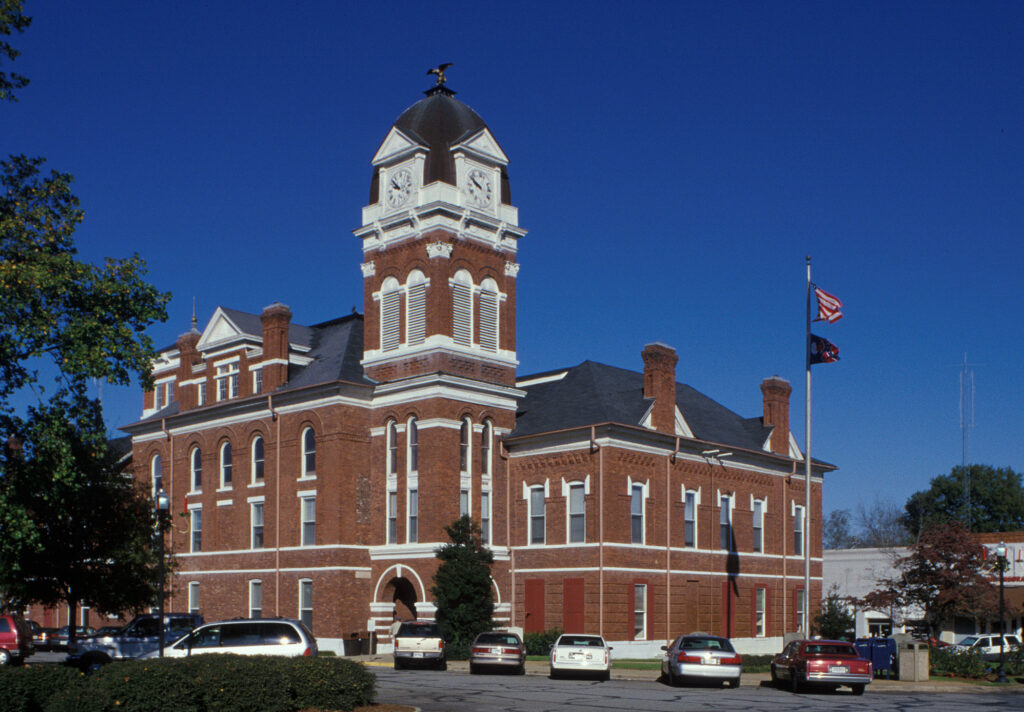
Religion played an important role in the early community. The first church in the area was constituted in 1790. Baptists and then Methodists later organized, and both denominations had founded churches by 1856. Around 1900, Catholic and Episcopal congregations were formed. Today 120 churches of various denominations meet around the county, and many are descendants of these earlier ones.
Nineteenth and Twentieth Centuries
On November 25, 1864, Union general William T. Sherman and his troops came through Washington County on their “March to the Sea.” Sherman selected the Brown House as his headquarters. Two days later, when his army left Sandersville, Sherman ordered the courthouse and jail to be burned. In Tennille, railroad tracks were pulled up, heated, and twisted into “bowties.” The county courthouse was lost to fires in 1855 and again in 1864. A new courthouse was completed in 1868 and enlarged in the Victorian style in 1899. Before the turn of the twentieth century, brick store buildings replaced the wooden ones that had been burned.
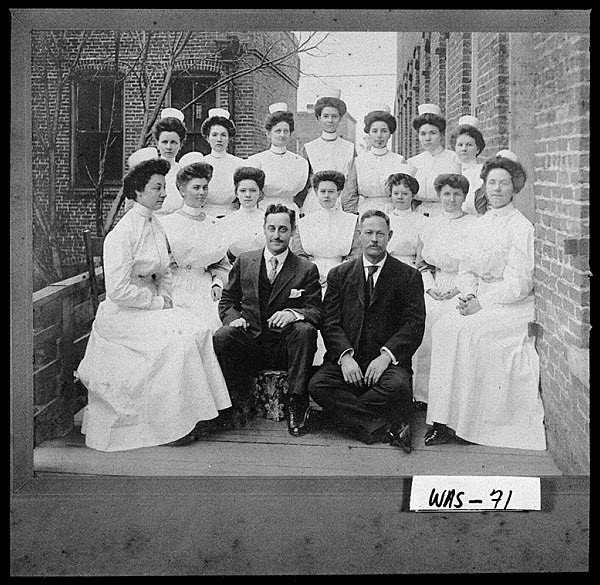
Medicine also played a key role in the county’s history. William Rawlings, a renowned surgeon, opened a hospital around 1895. Nurses were taught at Rawlings’ Nurses Training School from 1903 to 1932. Operating on the Sandersville square for sixty-five years, the Rawlings Sanitarium moved to a new facility in 1961; originally called Washington Memorial Hospital, it is now the Washington County Regional Medical Center.
Stable cotton prices from about 1890 to the mid-1920s brought prosperity and fine homes to the area, many of which are still standing. Farmers have since diversified, growing other agricultural products, and a prosperous lumber industry has also developed.
Industry and Agriculture
Fortunately for Washington County, as the marketplace for some agricultural products declined, the kaolin industry grew. Kaolin, a white, alumina silicate clay, is used in paper, medicines, paints, and many other products, all of which are shipped around the world. As Washington County grew into kaolin’s largest refiner, it became known as the “Kaolin Capital of the World.” Five processing companies and numerous mines attract college-educated personnel, scientists, and geologists from many countries. An annual Kaolin Festival celebrates the importance of the resource. At the end of the twentieth century, kaolin was an $800 million business and Georgia’s largest volume export. Mining companies have reclaimed and restored more than 80 percent of the land that has been stripped since 1969.

At the turn of the twenty-first century, Washington County businesses are well served by four industrial parks and their proximity to interstate highways 16 and 20, the Norfolk Southern and Sandersville Railroad companies, and Washington County airport. Savannah, with its port facilities and international airport, offers a gateway to world markets. Agriculture is still important, along with a fledgling nursery industry and a healthy timber business. A number of manufacturing plants and a district Department of Transportation complex remain, while two peak power plants were built in 2002 and 2003.
People and Places
Organized in 1976, the Washington County Historical Society operates two museums, one in the old county jail, which is now the Genealogical Research Museum, and the Brown House Museum, which serves as the society’s headquarters. Four districts are listed on the National Register of Historic Places, as are the Old City Cemetery and several other structures. An exhibition dedicated to architect Charles E. Choate is housed in the chamber of commerce.
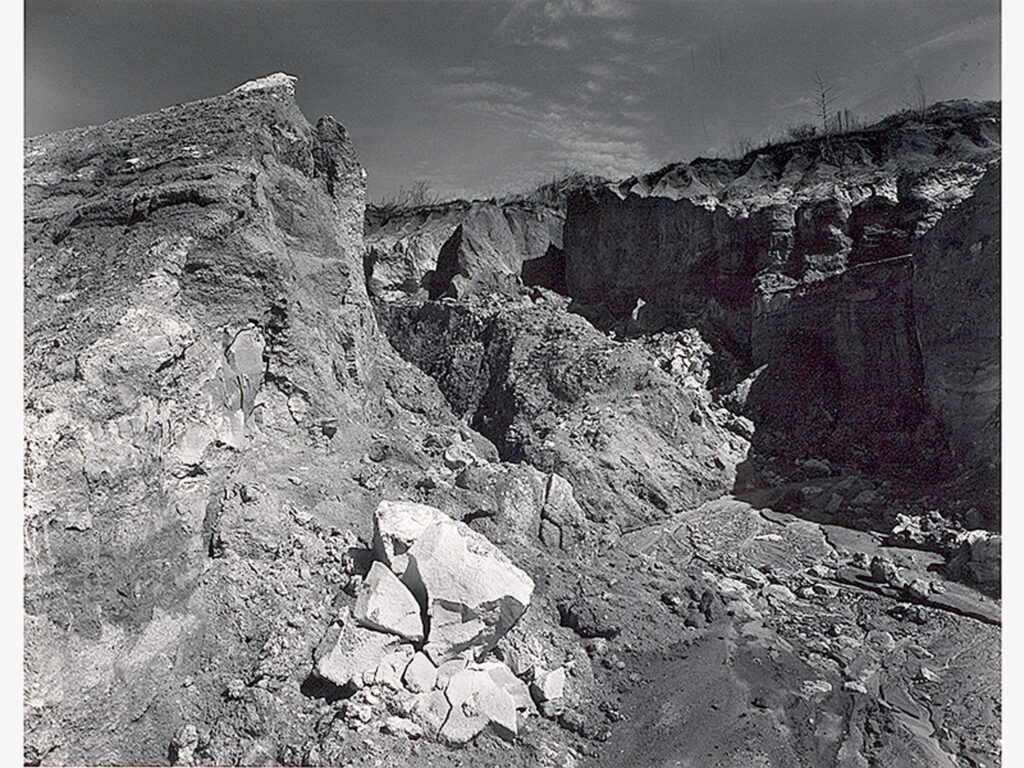
Two Georgia governors came from Washington County: Jared Irwin, a Revolutionary War soldier and frontier Indian fighter, and Thomas Hardwick, a U.S. senator and congressman. Elijah Poole Mohammed, leader of the Nation of Islam, was born near Deepstep; the Gordys of Motown music fame and concert singer McHenry Boatright were also from Washington County.
Washington County is served by Oconee Fall Line Technical College and a local campus for Georgia Military College.







